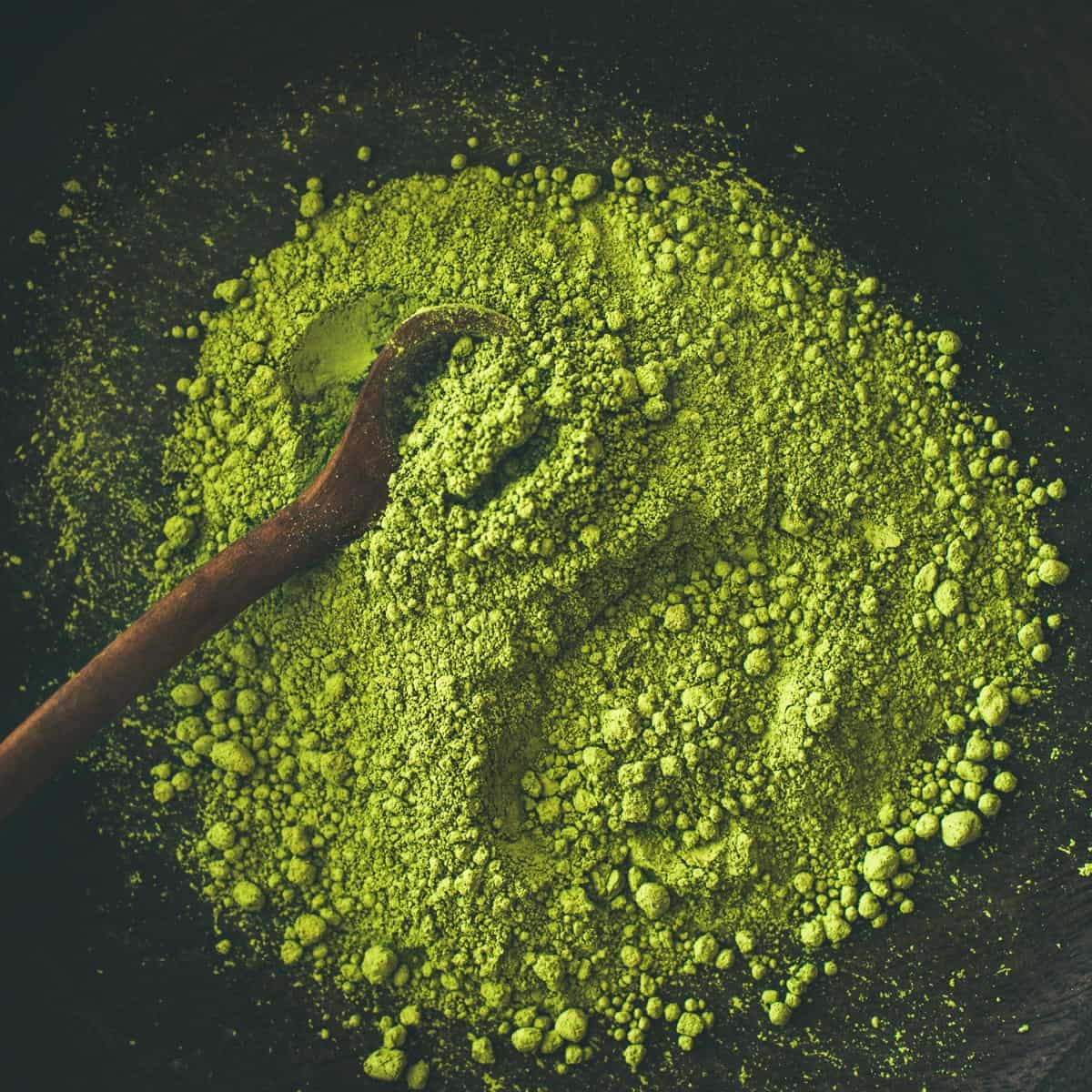Sulfur powder is a versatile and beneficial substance for plant growth and health. It has been used for centuries as a natural remedy for various plant issues. This article explores the benefits of sulfur powder for plants and provides guidance on when to use it and how to apply it effectively.
Benefits of Sulfur Powder for Plants
One of the primary benefits of sulfur powder is its ability to control fungal diseases in plants. Fungal infections, such as powdery mildew, rust, and black spot, can significantly impact plant health and productivity. Sulfur powder acts as a natural fungicide, inhibiting the growth and spread of these harmful fungi. Plant owners can effectively manage these diseases by applying sulfur powder and preventing them from taking hold.

When to Use Sulfur Powder for Plants
For Soil pH Adjustment: Sulfur powder is commonly used to lower the pH level of alkaline soils. If the soil in your garden or agricultural field has a high pH, adding sulfur powder can help acidify the soil.
For Fungal Disease Control: Sulfur powder is known for its fungicidal properties, making it a valuable tool for preventing and controlling plant fungal diseases. When signs of fungal disease appear on your plants, such as white or gray powdery patches, using sulfur powder as a preventive or curative measure can help inhibit the growth and spread of fungi.
In case you missed it: How to Treat White Powder on Cucumber Leaves: Causes, Organic Solutions, and Homemade Remedies

For Promoting Plant Growth: Sulfur is essential for plant growth and development. It plays a vital role in forming proteins, enzymes, and plant hormones. In cases of sulfur deficiency in plants, like yellowing leaves with green veins, applying sulfur powder can provide the necessary nutrient supplementation.
How to Apply Sulfur Powder on Plants
- Choose the Right Time: Apply sulfur powder on your plants on a dry, calm day. Avoid applying sulfur during rainy or windy conditions as it may decrease efficiency and lead to wastage.
- Prepare the Sulfur Powder: Fill the dust applicator with the required amount of sulfur powder.
- Apply the Sulfur Powder: Hold the dust applicator about 12-18 inches from the plants and apply the sulfur powder evenly. Start from the bottom of the plants and work your way up, covering both the leaves’ upper and lower surfaces. Pay extra attention to the areas prone to fungal infections or pests.
- Reapply if Necessary: If you have a severe fungal or pest problem, it may be necessary to reapply sulfur powder.
Sulfur Powder for Powdery Mildew Control
Sulfur powder works by inhibiting the growth of powdery mildew spores and preventing their further spread. When applied to the affected plants, sulfur powder creates an unfavorable environment for the development of the fungus, ultimately leading to its control. It is important to note that sulfur powder is most effective when used as a preventive measure or at the first sign of powdery mildew infection.
To apply sulfur powder, it is recommended to use a handheld duster or a dust applicator. Start by thoroughly inspecting the plants for any signs of powdery mildew. If detected, carefully dust the affected areas, making sure to cover the upper and lower surfaces of the leaves, as well as the stems. Repeat the application every 7-10 days or as the product label recommends until the powdery mildew is under control.
Using Sulfur Powder for Rust Control
Sulfur Dust For Plants: Dusting involves directly applying sulfur powder to the affected plant parts, such as leaves, stems, and fruits. This method is suitable for smaller plants or those with a limited number of affected areas. It is important to evenly distribute the sulfur powder and cover both sides of the foliage for maximum effectiveness.
Spray: For larger plants or extensive rust infestations, sulfur powder can be mixed with water to create a spray solution. This solution can be applied using a garden sprayer or a spray bottle. It is important to follow the manufacturer’s recommended dilution rates to avoid unnecessary plant harm.
In case you missed it: Benefits of Cinnamon Powder on Plants for Pests in the Garden: A DIY Recipe and How Often to Use Cinnamon on Plants

Sulfur Powder for Controlling Mites
What insects does sulfur kill? Sulfur powder is a highly effective solution for controlling mites in the garden. Mites are tiny arachnids that can cause significant damage to plants by extracting sap from their leaves, stems, and fruits. They can quickly multiply and infest an entire garden if not addressed promptly. Sulfur powder interferes with the mites’ ability to reproduce and survive.
It forms a protective layer that suffocates and kills the mites when applied to plants. Also, sulfur powder has fungicidal properties, which can help prevent the spread of fungal diseases often accompanying mite infestations. To use sulfur powder for mite control, the sulfur powder should be mixed with water and sprayed onto the affected plants. It is crucial to thoroughly cover all parts of the plant by covering the undersides of leaves and where mites tend to hide.
Using Sulfur Powder for Thrips Control
Thrips cause damage by puncturing plant cells and sucking out the contents. This feeding activity leads to the formation of silver or bronze scars on leaves, petals, and fruits. Thrips infestation can cause stunted growth, leaf curling, and distorted flowers or fruits in severe cases.
Sulfur powder acts as a contact insecticide and fungicide. It works by interfering with the thrips’ respiratory system, ultimately leading to their demise. Additionally, sulfur powder creates an unfavorable environment for thrips by inhibiting their feeding and egg-laying activities. Follow these steps to apply sulfur powder for thrips control,
- Begin by thoroughly inspecting the affected plants for thrips infestation.
- Ensure the plants are dry before application, as moisture can reduce the effectiveness of sulfur powder.
- Using a dusting applicator or a powder duster, evenly distribute the sulfur powder on both sides of the leaves, flowers, and stems.
Sulfur Powder for Soil Improvement
One of the primary uses of sulfur powder is to lower the pH level of alkaline soil. Alkaline soil, with a pH above 7, can make it quite difficult for plants to absorb nutrients effectively. Adding sulfur powder to the soil reacts with water and forms sulfuric acid, which helps neutralize alkaline soil and bring the pH level down to a more optimal range for plant growth.
Another benefit of using sulfur powder in the garden is its ability to enhance the availability of certain nutrients in the soil. Sulfur interacts with soil minerals, releasing locked-up nutrients such as phosphorus and micronutrients like iron, zinc, and manganese. This availability of nutrients is crucial for plants to thrive and develop properly. Sulfur powder can also improve soil structure and drainage.
Adding to heavy clay soils helps break down compacted soil particles, making it easier for roots to penetrate and allowing for better air and water movement. This enhanced soil structure promotes root development and reduces the risk of waterlogging, which can lead to root rot in plants.
Precautions When Using Sulfur Powder
Before handling sulfur powder, it is crucial to wear appropriate protective clothing. This includes long sleeves, long pants, gloves, and goggles. These precautions will help prevent any direct contact with the skin, eyes, or respiratory system.
Conclusion
sulfur powder offers numerous benefits for plant growth and health. Its fungicidal properties help control fungal diseases, while its role as an essential nutrient supports overall plant development. Understanding when to use sulfur powder and how to apply it correctly ensures its effectiveness. By incorporating sulfur powder into plant care routines, gardeners and enthusiasts can promote healthier, more robust plants and achieve better crop yields.
- Feed Your Flock for Less: Top 10 Tips to Save on Chicken Feed
- Ultimate Guide to Ossabaw Island Hog: Breeding, Raising, Diet, and Care
- Hatching Answers: The Top 10 Reasons Your Chickens Aren’t Laying Eggs
- Eggs and Economics: Breaking Down the Cost of Raising Backyard Chickens
- Defend Your Greens: Proven Methods to Keep Iguanas Out of Your Garden
- Ultimate Guide to Cinnamon Queen Chicken: A Comprehensive Guide for Beginners
- Ultimate Guide to California Tan Chicken: Breeding, Raising, Diet, Egg-Production and Care
- Ultimate Guide to Marsh Daisy Chicken: Breeding, Raising, Diet, and Care
- 10 Types of Chicken Farming Businesses You Can Start for Profits